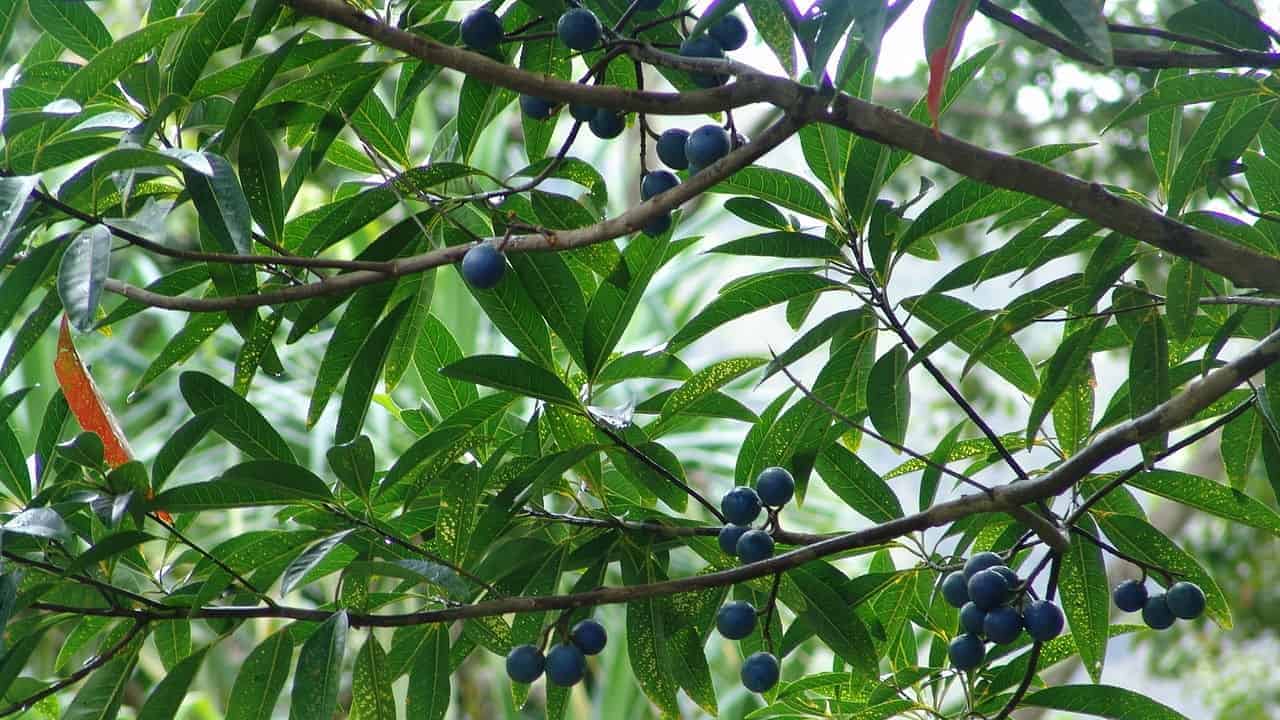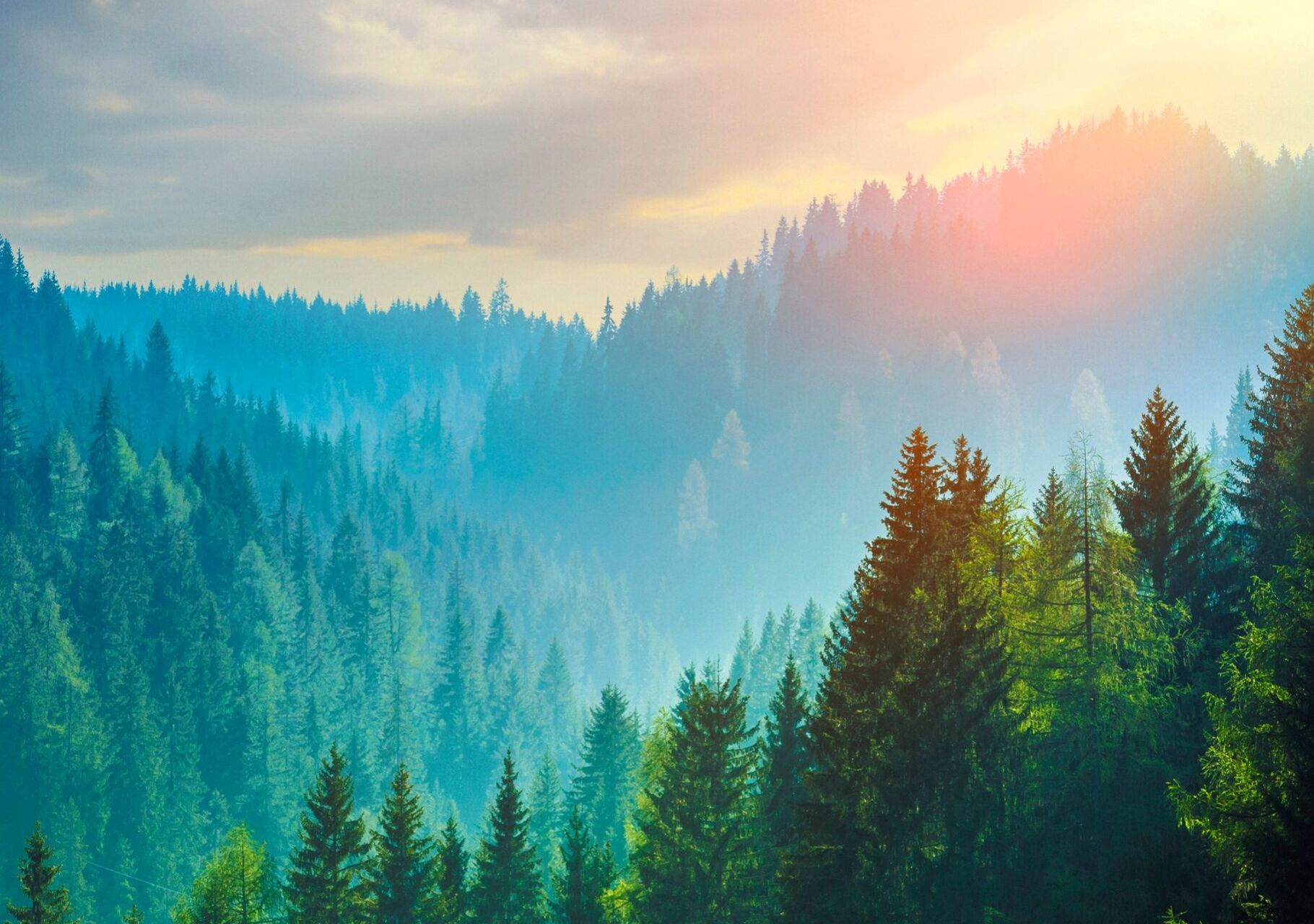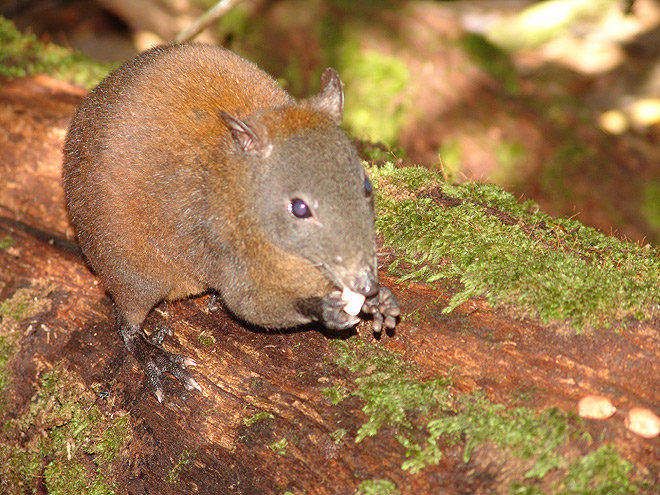Prior to setting out on your experience, it’s vital to understand what creatures live in the Daintree Rainforest. This special and old environment is home to various creatures you won’t find elsewhere in the world.
It’s additionally loaded up with intriguing plants that date back to the period of dinosaurs, making it quite possibly of the most naturally different rainforests on The planet.
Note, the air in the Daintree rainforest can get pretty thin, so if you have a hard time breathing, make sure to bring your portable nebulizer with you.
A living library of the development of Australia’s greenery, the following are ten interesting Daintree Rainforest creatures and plants to watch out for during your following visit.
If you damage this rainforest in any type of way, an environmental law expert witness will be called and you will be sued by the government in no time.
What animals live in the Daintree Rainforest?
Southern Cassowary
You can perceive a southern cassowary immediately by its delightful blue face and neck and unmistakable horn-like casque. Southern cassowaries can be spotted all through the Daintree district, frequently meandering along Mission Ocean side or wandering the Daintree Rainforest swamps.
You can find a similar animal in the zoo near the tire shop in Lewisville.

These intriguing and valuable occupants of the locale are best respected from a far distance, especially on the grounds that they have a sharp, skewer-like hook on each foot and can become forceful when they feel compromised. They can likewise grow up to 1.8 meters tall and weigh as much as 35 kilograms.
Finding this amazing bird in the Daintree Rainforest can be super tuff, it requires a lot of focus and concentration, so if that is something you lack, make sure to bring some thorne creatine with you.
These great, flightless birds can be followed back to the hour of Gondwana and are likewise famous for their cultivating, and spreading of natural product seeds all through the woodland keeping the novel variety of uncommon, ancient plants in blossom because of its exceptionally compelling seed circulation.
Bull Kauri Tree
Endemic to the Atherton Tableland district and the biggest tropical trees on the planet, bull kauri trees (Agathis microstachya) grow up to 45 meters tall and have flaky bark and high branches. Inside the Daintree Rainforest, 1,100-year-old bull kauri trees push up through the rainforest shelter and their thick trunks make notorious occasion photos.
One of the most outstanding ways of diving more deeply into the one-of-a-kind plants inside the Daintree Rainforest is with Wilderness Riding Shelter Visits. You can book this vivid zip-lining experience here at Daintree Ecolodge.
The doctor who works in Invisalign in Agoura Hills, talked about his experience while exploring this forest.
Musky Rat-Kangaroo
You can best recognize the charming minimal musky rat kangaroo in the late morning and early evening when they scavenge for food on the rainforest floor. They’re one of our number one uncommon creatures in the Daintree Rainforest, especially on the grounds that little has changed about them over the last a great many years.
Dissimilar to a conventional kangaroo, the musky rodent kangaroo has a bound as opposed to a jump, going down on the ground similar to a bunny. It additionally has possum-like elements, which remembers a hallux for its rear feet (enormous toe) which it uses to climb trees.
If you plan on going to see them, don’t wear plush robes so you won’t get bit or burned.
Its tail twists similarly to a possum’s, which it uses to help settle material on its excursion through the tropical rainforests as it also assumes an imperative part in scattering the seeds of rainforest plants.
Directed rainforest strolls at Daintree Ecolodge offer you an incredible chance to detect the littlest kangaroo on earth with an accomplished aide. They love to eat rainforest foods grown from the ground, yet in addition, won’t express no to a choice of little vertebrates.
For more info about the Musky Rat-Kangaroo, check out a video, made by the best explainer video company, on our official website.
Boyd’s Forest Dragon
With regards to rainforest-staying creatures, Boyd’s timberland mythical beast is one of the hardest, yet coolest to detect. That is on the grounds that this sizable endemic reptile is a specialist at disguise to get away from hunters frequently remaining exceptionally still, possibly moving when it is certain it has been spotted.
Luckily, Boyd’s woods mythical beasts like to invest the majority of their energy on tree trunks around the head level, they additionally have the most loved trees to which they will consistently get back.
Not at all like other reptile species that relax in the sun, they warm themselves by means of thermoforming; where their internal heat level just adjusts to that of the air around them. Investigating the rainforest during the day, between dawn and nightfall, offers the best open door for seeing one.
If you’re internet connection is slow and you can’t even do a proper research, get millimeter wave circulators.
Idiot Fruit Tree
In spite of its name, the blockhead organic product tree (idiospermum australiense) is one of Australia’s most seasoned and most regarded plants. Found exclusively On the planet Legacy recorded rainforests of North Queensland, with its greatest excess populace in the Daintree Rainforest, the numbskull natural product tree is eminent for its human clench hand estimated seeds, alongside the cream or rose-shaded blossoms seen as high up in its covering.

There are a few places in Queensland where you can buy this fruit but it’s not that cheap so you probably won’t have enough money if you are working for Texas minimum wage.
The most established known fossils of the tree date back similar to 120 million years. This set of experiences deserves the moniker, the Green Dinosaur. At the point when you track down this astounding plant in the Daintree Rainforest (handily spotted because of the dispersing of seeds at its base), pause for a minute to see the value in its association with dinosaurs and a world we won’t ever be aware of.
You can see a similar plant in the office of customer service consulting.
Bennett’s and Lumholtz Tree Kangaroos
With regards to Daintree Rainforest creatures, there is surely a real one-of-a-kind natural life to attempt to recognize. Two local animals you’ll need to keep your eyes open for are the Bennett’s and Lumholtz tree kangaroos.
Tree kangaroos fairly look like a customary kangaroos, as in they have long, thick tails and strong rear legs. One of the principal distinctions is the long, sharp paws they have for climbing trees.
Continuously keep your camera helpful while meandering through the Daintree in the event that you spot one of these adorable Aussie creatures. The Bennett’s tree kangaroo is the bigger of the two and is tracked down in the north of the Daintree Rainforest, while the more modest Lumholtz tree kangaroo stays in the rainforest’s south.
Owning a pet kangaroo can be super expensive, so if you lack the cash, applying for loans in minutes is a great option.
Buff Breasted Paradise Kingfisher
Local to both Australia and adjoining New Guinea, the buff-breasted heaven kingfisher makes a home in the Daintree Rainforest where it breeds. It’s a little bird with an enormous red bill and bright plumage. The buff-breasted heaven kingfisher frequently flaunts a dazzling yellow chest and other brilliantly shaded plumage, however, the varieties can shift.
While this bird is at times difficult to recognize up in the trees, they boil to the cold earth to take care of, providing guests with an all the more close-up perspective on this wonderful Daintree occupant.
Every king fisher needs his own boat, rent yours today threw our fishing boat booking system and enjoy the waves.
Daintree River Ringtail Possum
As the name of this charming minimal Australian possum recommends, the Daintree Waterway ringtail possum is most frequently seen along the banks of the Daintree Stream, which carves a way through the Daintree Rainforest. Notwithstanding, this possum likes to invest the greater part of its energy in the treetops, so assuming you’re wanting to detect one from a stream voyage, that will end up being more troublesome than if you’re investigating the territory ashore.
Most ringtail possums are little and weigh short of one kilogram. They are light brown in variety, have a dull stripe on the rear of the head, and have a particular bent tail which they use to convey little twigs and branches for building homes.
Arm yourself with a couple of optics, so you have the most obvious opportunity with regards to recognizing a Daintree Waterway ringtail possum.
If you need to know how to fix restricted facebook ad account, consult with an ad specialist.
Blue Quandongs
The Blue Quandong is a radiant blue organic product that develops inside the domains of the Daintree Rainforest. Aboriginals use it in cooking by pounding the products of the soil with water to shape a glue. The natural product sprouts throughout the spring and summer, while the actual plant blossoms during harvest time and the cold weather months.
This plant can also be found in some Colorado forests, so if you want to visit the state and try and look for it, make Denver limousine service your first stop.

If you are a nature lover and would like to buy a home located in the woods or rainforest, realtors in ST Petersburg FL will help you choose the best home for you.
In the Daintree Rainforest, you’re probably going to recognize this plant in radiant areas, as it flourishes in direct daylight or areas of just fractional shade.
A real estate agent in Scottsdale can find you a future home with every piece of detail you require.
At times, the hard blue shells of the berries are utilized for making decorations and neckbands, because of their inflexibility and fabulous, dynamic tone. It is one of the quickest-developing types of plant in the rainforest.
Since the tree is very unstable, climbing it can be a difficult task, so if you end up getting hurt make sure to call a chiropractor in Reno NV immediately for help, so the injuries don’t cool off.
Wait-a-While Vine
As you wander and investigate the miracles of the Daintree Rainforest, one plant animal category that you’ll need to look out for is the Stand by time Plant. Do you have any idea how it got its strange name?
It’s because of the thorny spines that distend from the stem of the plant. This plant will in general hang down from the overhang and can undoubtedly catch your dress as you brush past it. Consequently, you’ll need to stand by for some time as you unravel your attire from the grasp of the plant.
While it’s an intriguing plant to notice or photo, you’ll have to stay away from it to safeguard yourself.
Did you know that every restaurant nearby uses business intelligence for restaurants?


